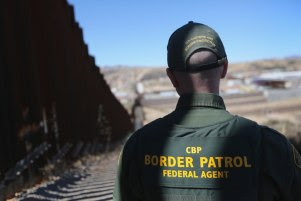Background:
President Obama has recently decided on budget cuts which will be taking effect later this week. The new economic plan cuts $85 billion dollars from Federally funded programs, including ICE (Immigration Customs Enforcement). The budget debate has been a tough one, with Republicans and Democrats still not in agreement on how to lower the United State's deficit, and unable to come up with successful plans. Obama began on Monday with listing budget cuts by state, and shortly after Janet Napolitano addressed the effects these cuts would have on the security of our border. Ms. Napolitano stated there would be delays in certain areas of the border, but that citizens should not feel endangered.Releasing Immigrants:
ICE has immediately felt the results of the budget cuts, being unable to provide beds for all of the detained immigrants in their facilities. ICE chose to release several hundred individuals who were determined to be "low-risk" or in other words "non criminals" back into society due to the unavailability of space and money. Although these immigrants have been released by ICE, they will more than likely be sent back to their country of origin in the future. ICE officials also stated these immigrants are still being supervised under electronic monitoring or monitoring through phones.Opinion:
It seems as though agencies such as ICE, could have "gotten by" on less federal funding from the start. These budget cuts have clearly showed there are alternatives to detaining every immigrant at the border, especially those who are "non criminal" and not posing any immediate threats to society. The United State budget deficit is something that needs to be addressed, and Obama has chosen to take action. As stated in the article, these immigrants are still facing deportation, and are still be processed through the court system, just on less money.Los Angeles Times
Yahoo



